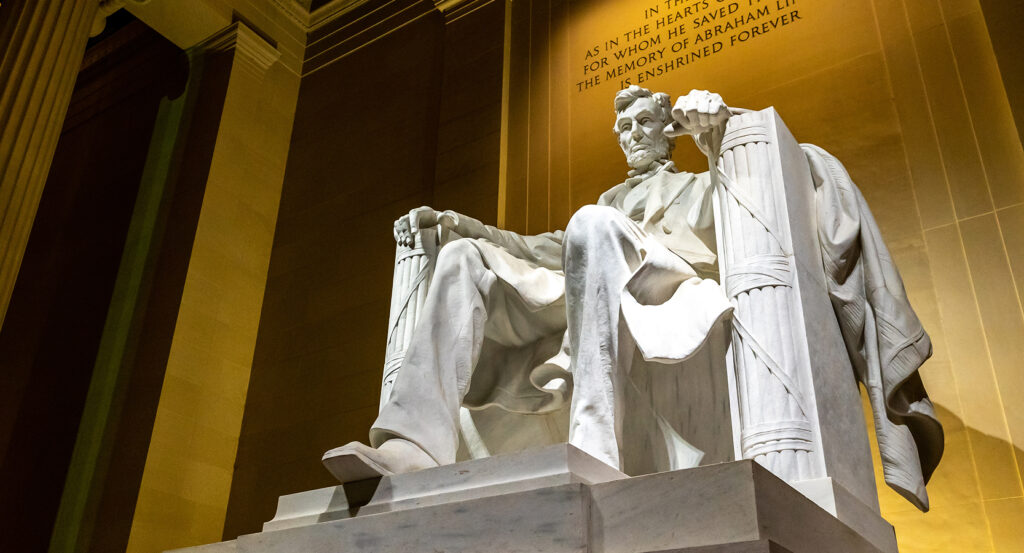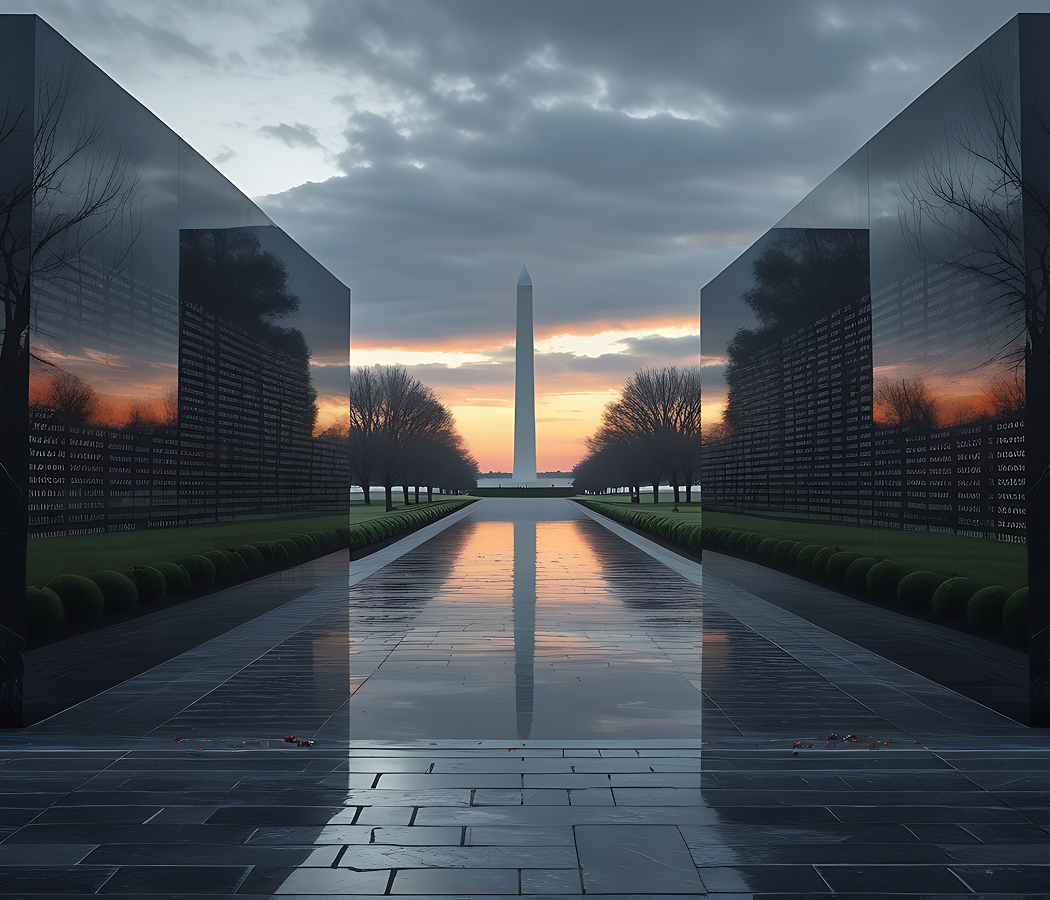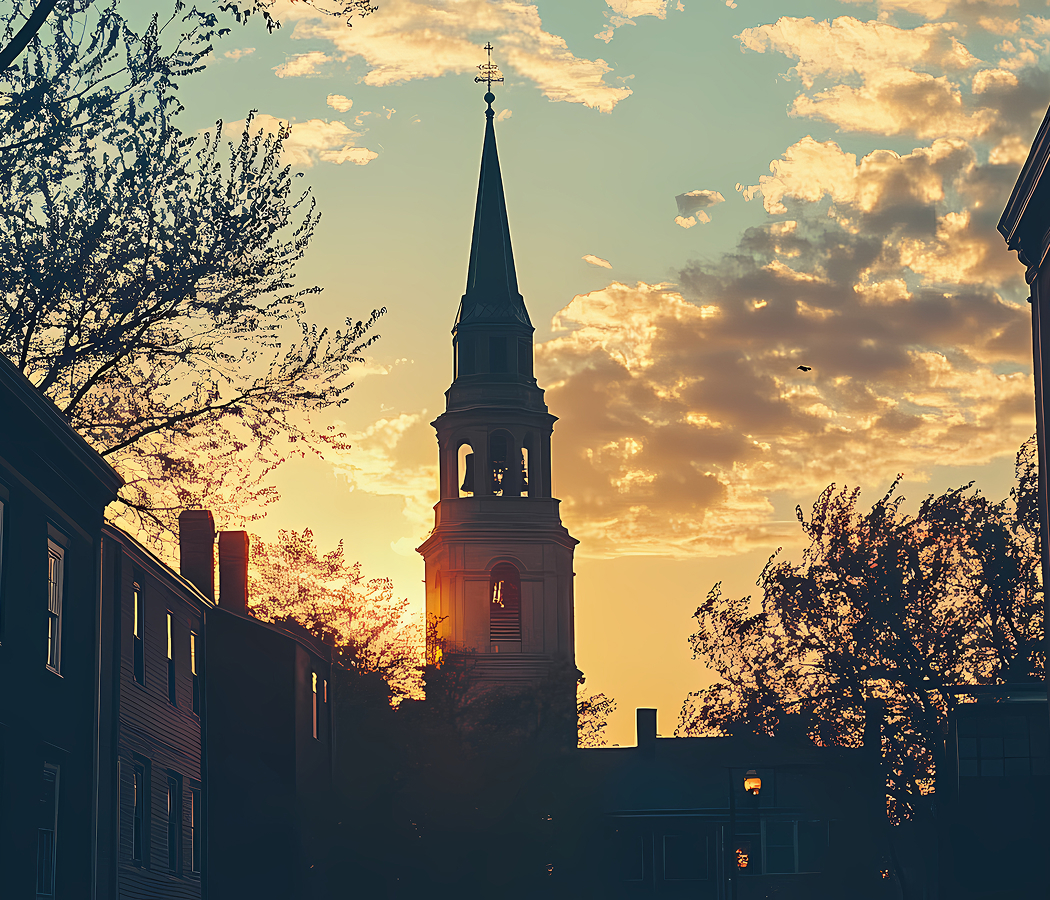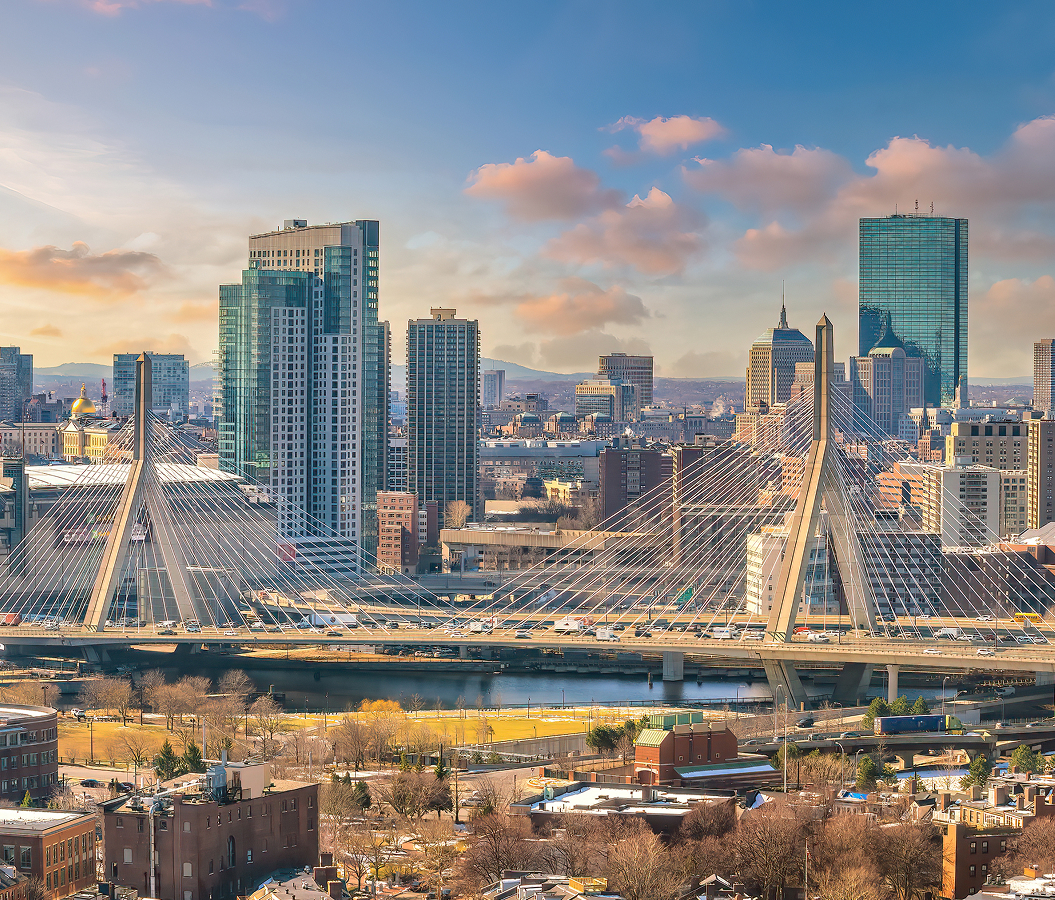
Why you should experience the Lincoln Memorial in Washington, D.C.
The Lincoln Memorial in Washington, D.C. is not just a monument, it’s a living testament to the American spirit, an eternal dialogue between ideals and humanity carved into stone.
Standing at the western end of the National Mall, framed by the Reflecting Pool and the Washington Monument beyond, this majestic temple radiates both power and humility. Designed by architect Henry Bacon and completed in 1922, its neoclassical design was inspired by the Parthenon, a fitting tribute to a man whose words and leadership reshaped democracy itself. Inside, a 19-foot statue of Abraham Lincoln sits in quiet command, his expression poised between resolve and compassion. Sculpted by Daniel Chester French and illuminated by natural light from above, Lincoln’s presence feels both intimate and monumental, a man turned myth without losing his humanity. The marble beneath your feet hums faintly with the footsteps of history, from Martin Luther King Jr.’s “I Have a Dream” speech to countless vigils and marches that have gathered in its shadow. Every detail feels deliberate: the 36 columns representing the states of the Union at the time of Lincoln’s death, the inscriptions of his Gettysburg Address and Second Inaugural Address etched into the walls like national scripture. Standing inside the memorial, looking outward over the Mall, you sense not only the gravity of his leadership but the enduring echo of his belief, that a divided people could still find common ground in freedom and hope.
What you didn’t know about the Lincoln Memorial.
Beneath its serene grandeur, the Lincoln Memorial carries a layered story of craftsmanship, controversy, and cultural transformation.
When it was dedicated in 1922, racial segregation was still law, Black guests and performers, including members of the U.S. Colored Troops who fought under Lincoln’s banner, were forced to stand apart from white attendees. Yet just over four decades later, those same steps became the stage for Dr. King’s iconic call for justice, transforming the memorial from a shrine of remembrance into a living symbol of civil rights. The irony, and the progress, are inseparable from the memorial’s story. Its design too was born from tension: Bacon’s classical vision was criticized as too Greco-Roman for an American president, yet that universality became its strength, a space where the ideals of democracy, reason, and sacrifice converge. Even Lincoln’s pose has been debated for a century. Some claim his clenched left hand and relaxed right symbolize strength balanced by mercy, while others believe the sculptor hid Lincoln’s initials, “A” and “L”, in the folds of the chair. The memorial’s interior chamber was designed to evoke contemplation, the inscriptions of Lincoln’s speeches intentionally illuminated so their tone shifts with the time of day, somber at dawn, radiant by afternoon, and contemplative beneath the night lights. Few visitors realize that the statue itself was nearly twice as large as planned; the original 10-foot model seemed too small for the scale of the chamber, so French enlarged it to its now commanding height. And perhaps most remarkably, this was one of the first monuments in America to use modern electric lighting to dramatize its subject, making Lincoln seem alive in both daylight and shadow. The memorial’s evolution mirrors that of the nation, imperfect, yet always striving toward something greater.
How to fold the Lincoln Memorial into your trip.
A visit to the Lincoln Memorial is best experienced as both pilgrimage and perspective, an emotional crescendo to any journey through the nation’s capital.
Arrive just before sunrise or at twilight, when the crowds thin and the city softens into quiet reflection. Approach from the Reflecting Pool, letting Lincoln’s silhouette emerge slowly through the columns, a powerful visual echo of progress and purpose. Step inside the rotunda and allow your eyes to meet the statue; even amid silence, the space feels symphonic. Take time to read the inscriptions on the north and south walls, Lincoln’s words etched in stone as if meant to outlast time itself. From the top of the steps, look eastward: the Washington Monument mirrors perfectly in the Reflecting Pool, symbolizing the connection between the nation’s founding and its preservation. During the day, you’ll find school groups and families walking hand-in-hand; at night, the glow of the memorial transforms it into something sacred, almost cinematic. For a deeper experience, trace your route along the National Mall, visiting the nearby Korean War Veterans Memorial and Vietnam Veterans Memorial, each reflecting a different facet of the American journey that Lincoln’s legacy made possible. And if you stand where Martin Luther King Jr. once stood, just a few steps down from Lincoln’s gaze, you’ll feel the weight of continuity, one leader’s dream reflected in another’s courage. Whether you come to reflect, to honor, or simply to stand still in history’s presence, the Lincoln Memorial rewards silence with meaning. It is not just a monument to a man, but a mirror for a nation, still learning, still striving, still free.
Hear it from the Foresyte community.
Come at night. No crowds, just you and this giant marble Lincoln staring you down. Kinda spooky, kinda inspiring… like he’s still judging us.
Where meaningful travel begins.
Start your journey with Foresyte, where the planning is part of the magic.
Discover the experiences that matter most.












































































































